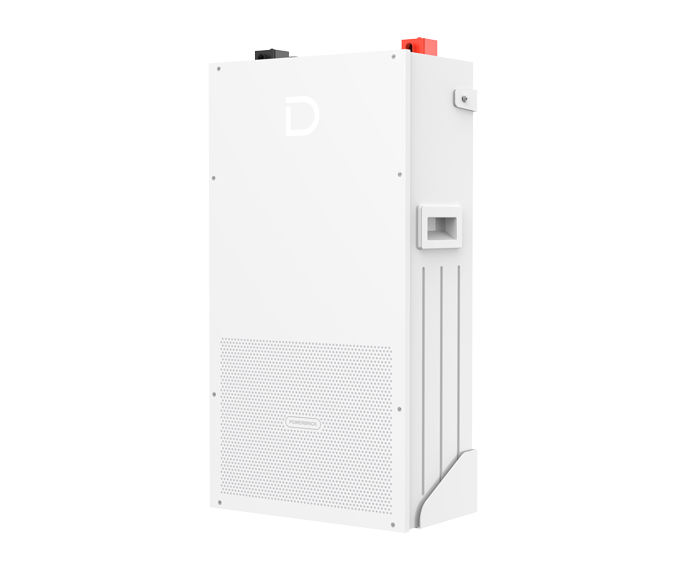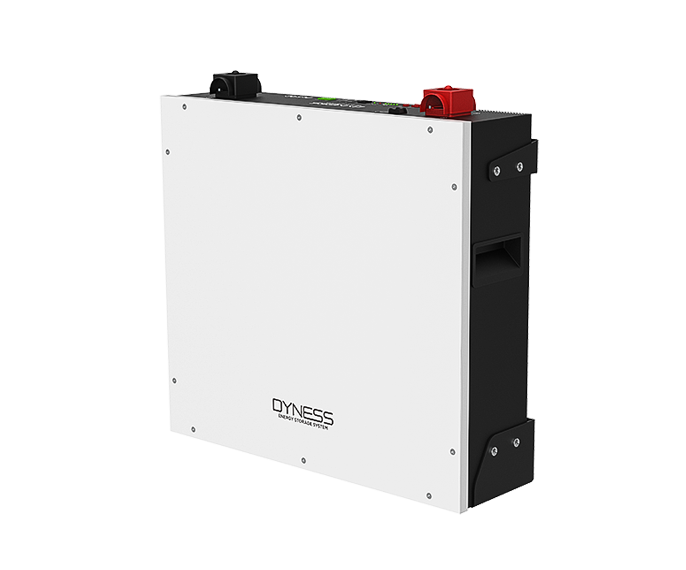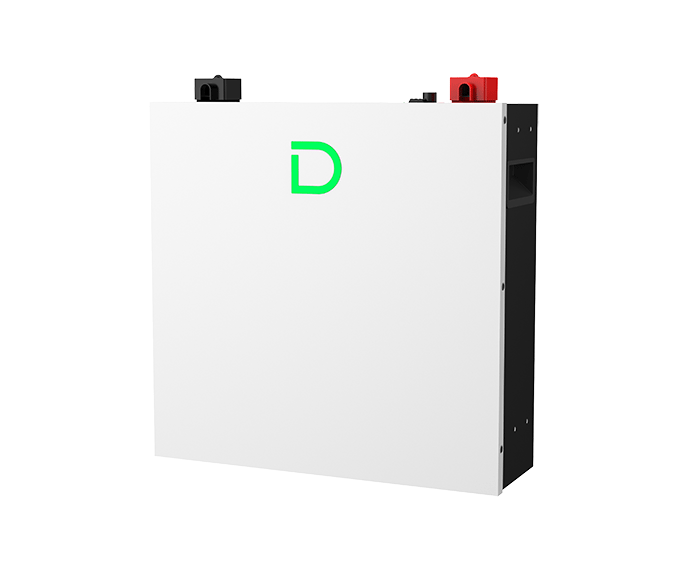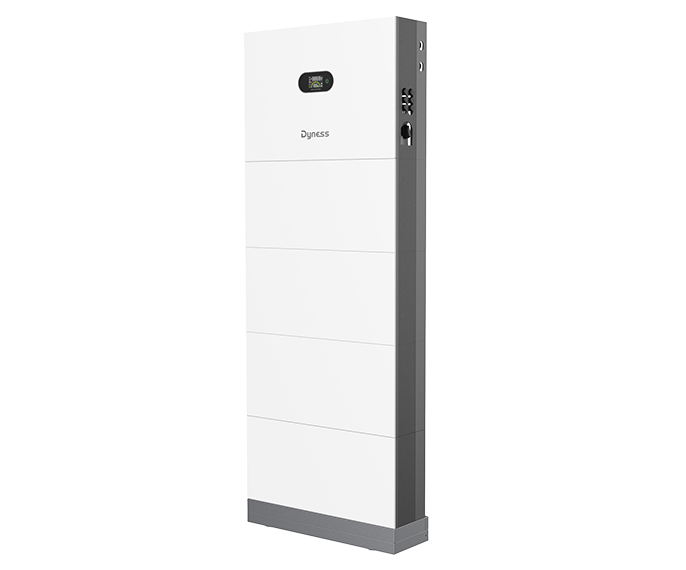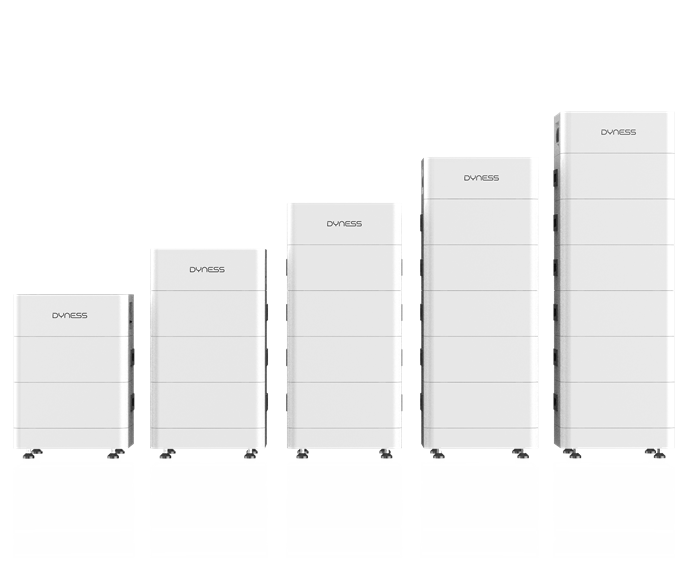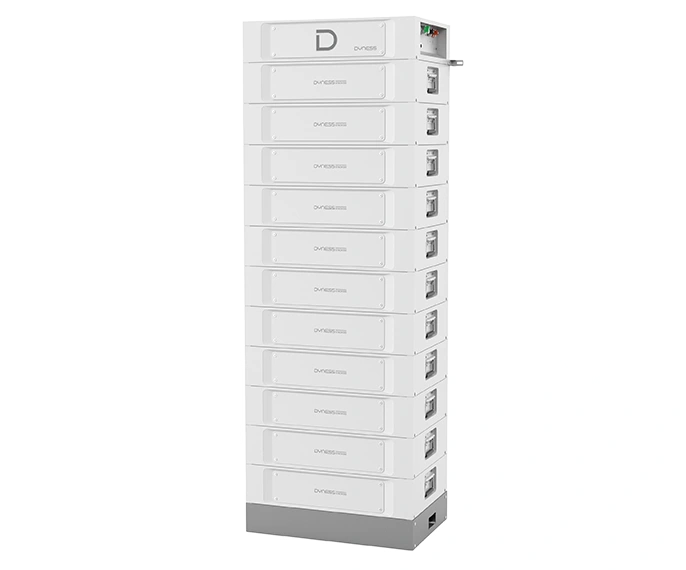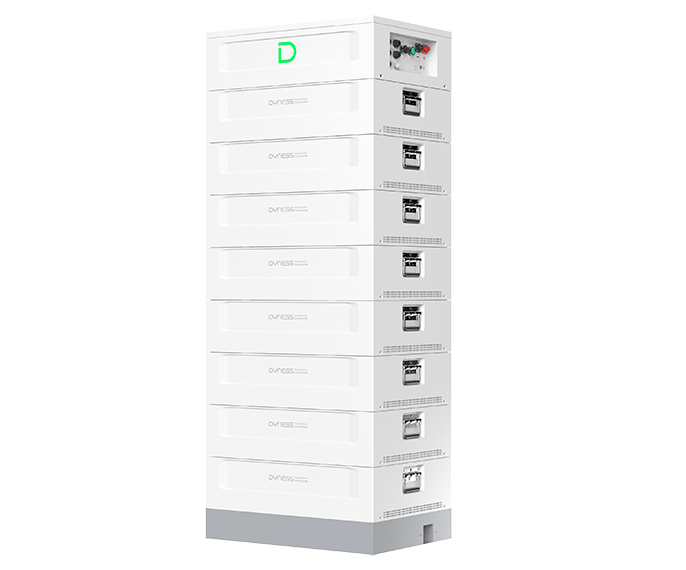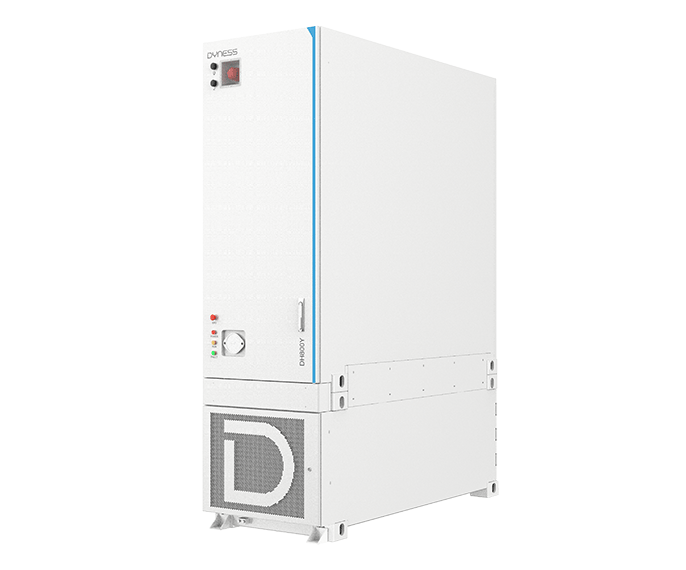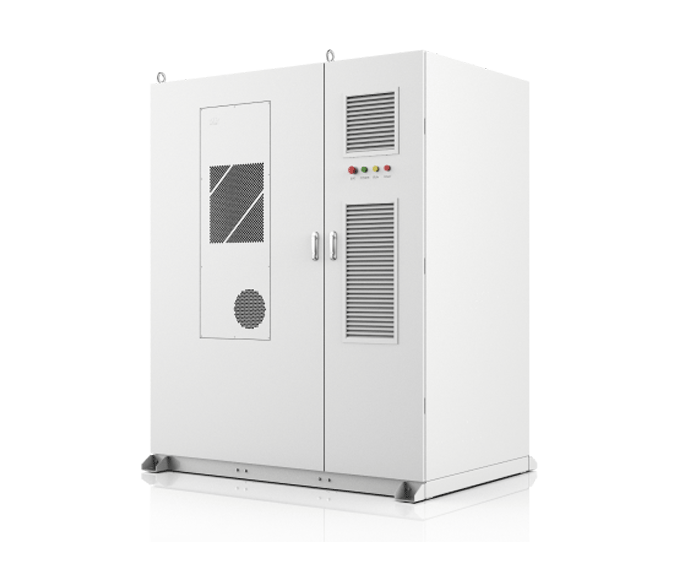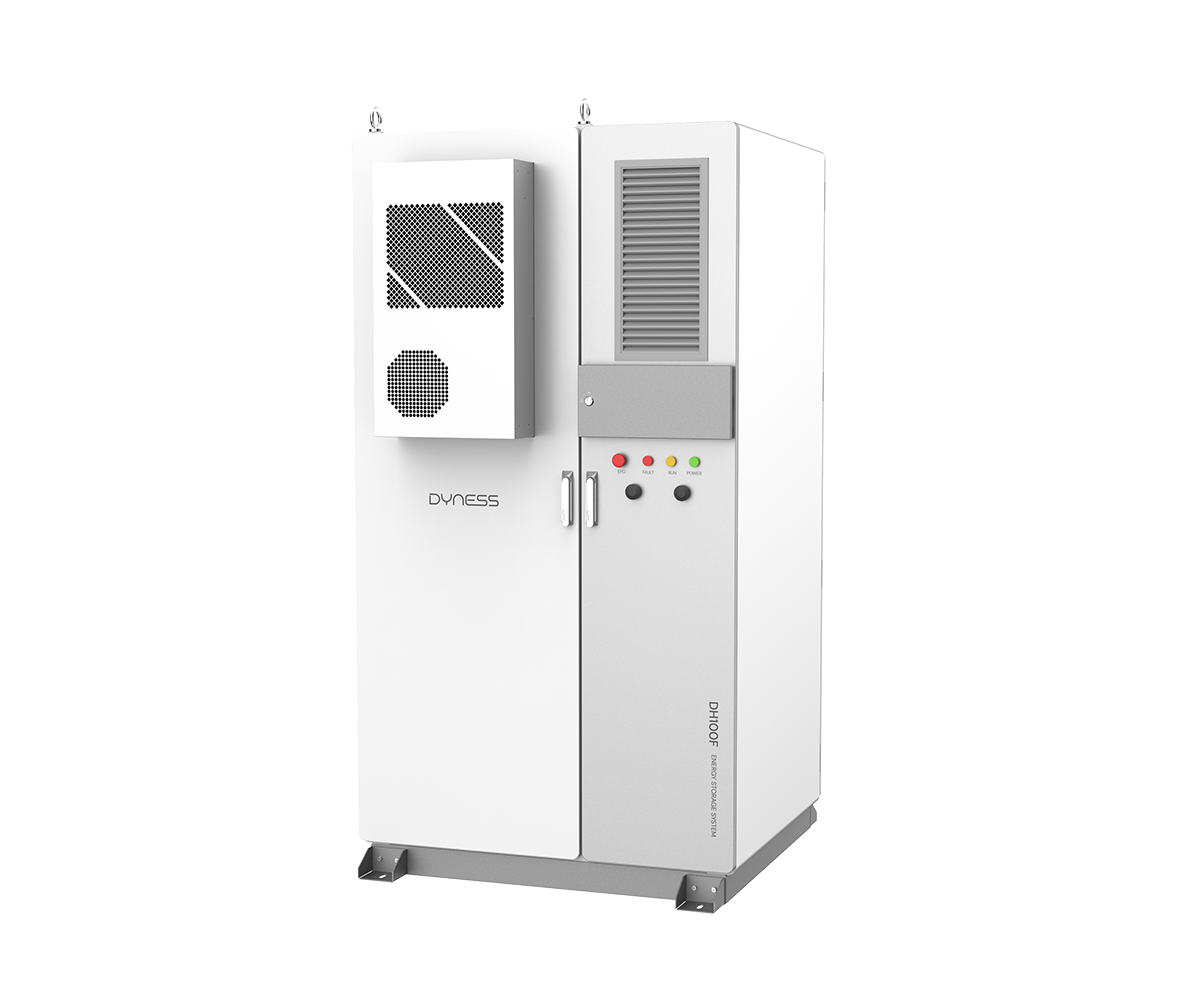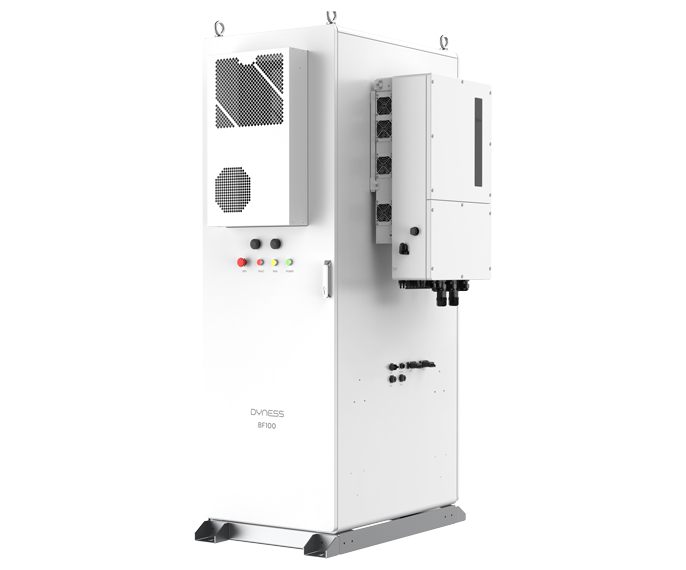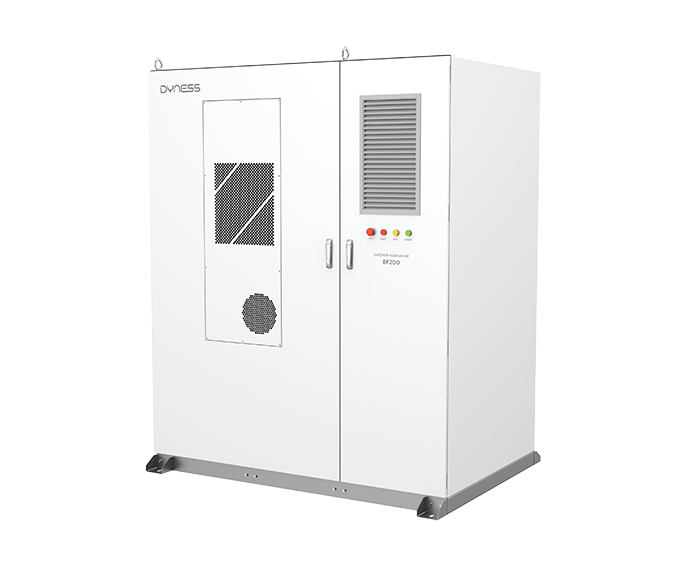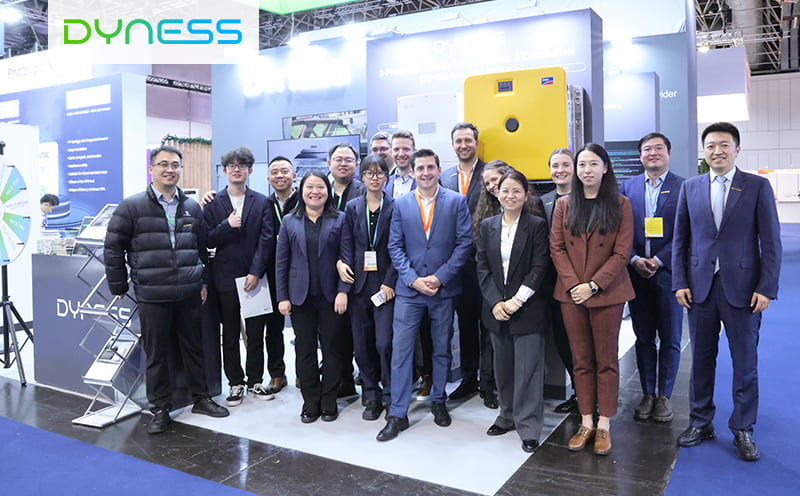Dyness Knowledge | C&I Storage Solutions of Dyness help enterprises effectively reduce energy costs
-
Technical Blog
-
2025-05-07
-
Dyness

Driven by the dual goals of the "dual carbon" and the construction of new power systems, global industrial and commercial energy storage is experiencing explosive growth. In 2024, the global industrial and commercial energy storage installed capacity will increase exponentially compared with previous years. This growth is not only due to the support of various countries' policies, but also the inevitable result of the explosion of the new energy industry. So, in the industrial and commercial field, what benefits can energy storage bring to our corporate users?
Today, we will start from the perspective of economics and explain how Dyness can reduce electricity costs for corporate users and increase investment returns in the industrial and commercial fields, and calculate a specific economic account. In fact, in the C&I storage scenario, there are far more than one way to reduce costs. Next, we will introduce to you how Dyness's industrial and commercial storage products can reduce the electricity costs of user companies.
Peak-to-valley spread arbitrage: the core arbitrage method in most regions
The time-of-use electricity price mechanism provides the possibility for industrial and commercial energy storage to conduct peak-valley arbitrage, balance supply and demand, optimize resource allocation, and promote energy conservation and emission reduction. Its fundamental purpose is to achieve a balance in the electricity market.
This time-of-use electricity price exists in a large part of the region. For example, in my country, there is a relatively high difference between peak and valley electricity prices in Guangdong Province and Jiangsu, Zhejiang and Shanghai, and the difference between peak and valley prices even exceeds 1 yuan. This has laid a solid foundation for China's industrial and commercial energy storage to conduct peak-valley arbitrage in these areas. Dyness's C&I energy storage can use its self-developed EMS to set the precise timing mode of the integrated cabinet energy storage equipment, so that the energy storage equipment can be charged during the low electricity price period and discharged during the peak electricity price period for load use, thereby greatly saving corporate electricity costs.
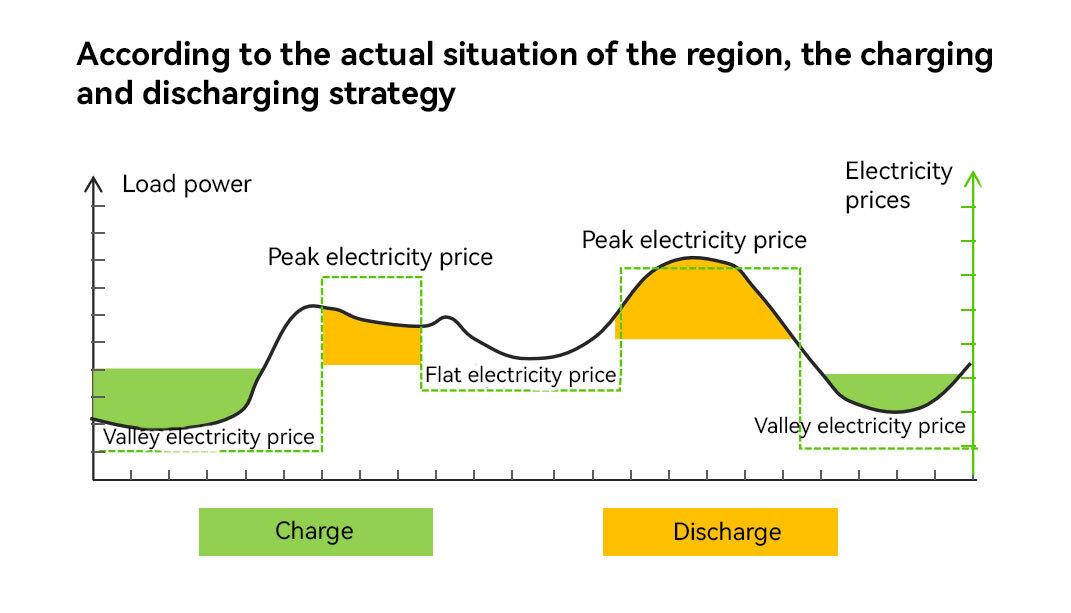
The same principle applies to the large price difference between peak and valley prices for industrial and commercial electricity in many countries around the world, including the United States, Australia, Japan, Germany, and Italy. The core driving factors also include energy structure transformation, extreme weather, and policy incentives. Dyness can design customized energy storage solutions based on enterprise needs, combined with local electricity market rules, subsidy policies, and load characteristics, to save the most electricity costs for enterprises.
Taking the peak-valley arbitrage of the Taiwan project of Dyness as an example, the current maximum peak-valley price difference of Taiwan's electricity price has exceeded 6 Taiwan dollars (equivalent to RMB 1.35), and there is a large profit space. The project has a total energy storage capacity of 1,856 kWh. Based on the form of one charge and one discharge per day in summer months and two charges and two discharges per day in non-summer months, the annual profit can be nearly 1.95 million Taiwan dollars (equivalent to RMB 438,555) after factoring in energy storage efficiency loss. With the huge gap in Taiwan's electricity prices, the investment return is good, helping customers to greatly reduce corporate electricity costs.
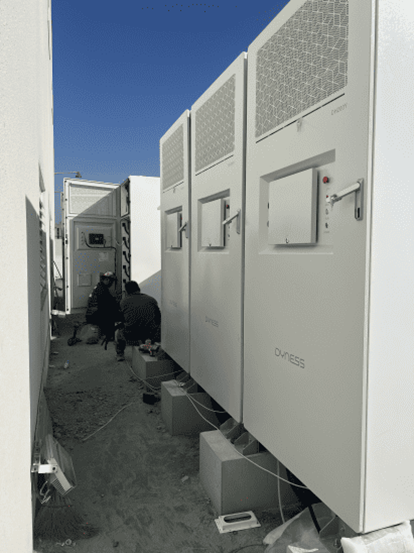

Peak-valley arbitrage of Dyness DH200Y equipment Dyness Engineer delivered the product on site
Reduce demand charges (capacity charge optimization)
In many areas, there are basic electricity charges and electricity charges per kilowatt-hour for industrial and commercial electricity use. Among the basic electricity charges, most companies use demand charges as the main means of payment, resulting in uneven electricity loads for several companies, and the need to pay a large amount of additional demand charges. For example, in common industrial scenarios, power consumption increases dramatically during peak production periods during the day. The load of shopping malls and office buildings increases dramatically during the day due to air conditioning, lighting, etc., and the load decreases again at night due to employees' rest. These scenarios directly lead to the need for electricity users to pay a large amount of additional demand charges, and may also cause problems such as excessive grid load requirements, insufficient transformer capacity, and production line restrictions for factories and enterprises. Dyness Industrial and Commercial Storage Equipment provides a perfect solution for this scenario.
Dyness’s industrial and commercial storage products can set the peak shaving and valley filling mode through the self-developed intelligent EMS software, setting the user's maximum peak load variable and the customer's minimum valley load power. After the setting is completed, Dyness's industrial and commercial products discharge to shave peaks when the peak power consumption is higher than the peak variable set by the user, and charge to fill valleys when the valley value is lower than the valley value set by the user. By staggering power consumption, customers can reduce large amounts of demand costs and reduce users' capacity expansion costs. At the same time, it can also help to more balance the utilization of corporate power equipment and increase the service life of power equipment. Reducing demand is also a major strategy for reducing corporate electricity costs.

It is worth mentioning that since most regions have both time-of-use electricity prices and basic electricity charges, and one of the criteria for setting time-of-use electricity prices is based on the electricity usage habits of most companies, energy storage often discharges electricity during peak electricity prices while reducing demand charges, thereby earning peak-valley arbitrage fees. However, we must make a clear distinction: peak-valley arbitrage is often economically oriented, and industrial and commercial energy storage will strictly abide by time-of-use electricity prices for charging and discharging operations; while peak shaving and valley filling is to maintain load balance for the energy storage system, reduce grid pressure, and indirectly optimize corporate electricity costs.
After adopting Dyness Integrated Energy Storage Products in a certain area of Anhui, it is estimated that the demand can be reduced by more than 3MW per month, and the monthly demand electricity fee can be saved by more than 140,000 yuan. At the same time, the product can also obtain additional related income through peak-valley arbitrage, thereby greatly reducing the customer's electricity costs.

A region in Anhui Province uses Dyness DH200Y to reduce demand electricity charges
Improve the absorption rate of distributed photovoltaic power generation and reduce the electricity cost of enterprises
With the expansion of photovoltaic power generation and the density of its layout, its impact on the power grid is becoming increasingly obvious; the frequent occurrence of "negative electricity prices" has also caused certain economic and operational pressures on electricity users. The problem of absorption has become the main contradiction facing the current development of distributed photovoltaics, restricting the sustainable development potential of distributed photovoltaics. Although photovoltaic power generation is a clean energy, it has two characteristics. One is intermittent, that is, photovoltaic power generation is concentrated in the daytime when there is sunlight, and the power generation will drop sharply or even stop at night or on rainy days. The second is volatility, that is, affected by multiple factors such as season, duration of light, solar altitude angle, temperature, etc., the daily/annual power generation of photovoltaics fluctuates over time. At present, many negative effects have been generated due to the lack of photovoltaic absorption capacity of enterprises.
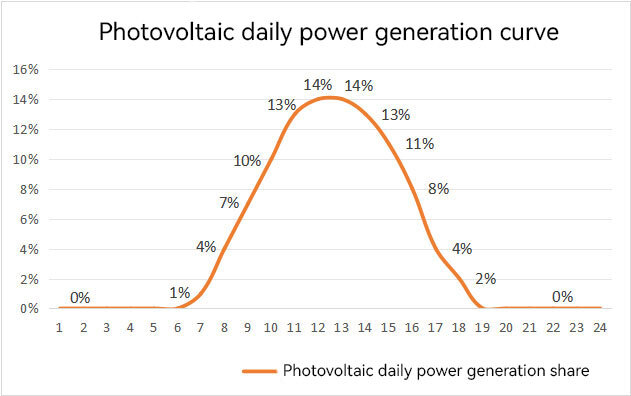
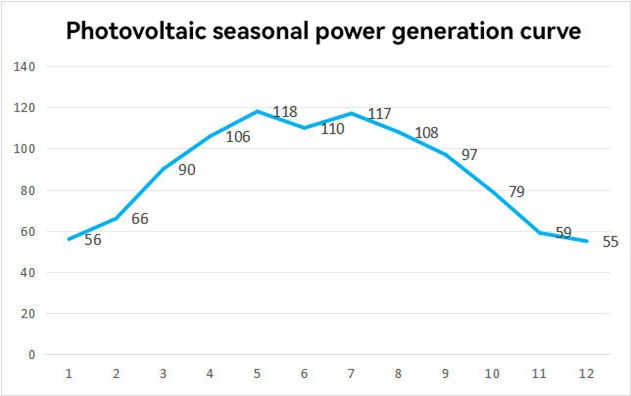
Dyness's industrial and commercial storage equipment includes the air-cooled all-in-one DH200F, which is specially developed for multiple scenarios such as photovoltaic consumption. It can directly couple photovoltaics and reduce the initial investment cost of enterprises. The equipment can accurately realize the self-consumption of photovoltaic power generation when combined with the self-developed EMS. During the daytime when photovoltaic power generation is strong, the energy storage equipment can be charged to store the photovoltaic power that cannot be absorbed by the load; when photovoltaic power generation is reduced or non-existent at night, Dyness's industrial and commercial products are discharged to supply power to the enterprise load. This greatly improves the self-consumption capacity of photovoltaic power generation, effectively solves the problem of abandoned light when there are many photovoltaic constructions in areas where electricity cannot be sold online, and also helps companies reduce the related costs of buying electricity from the power grid.
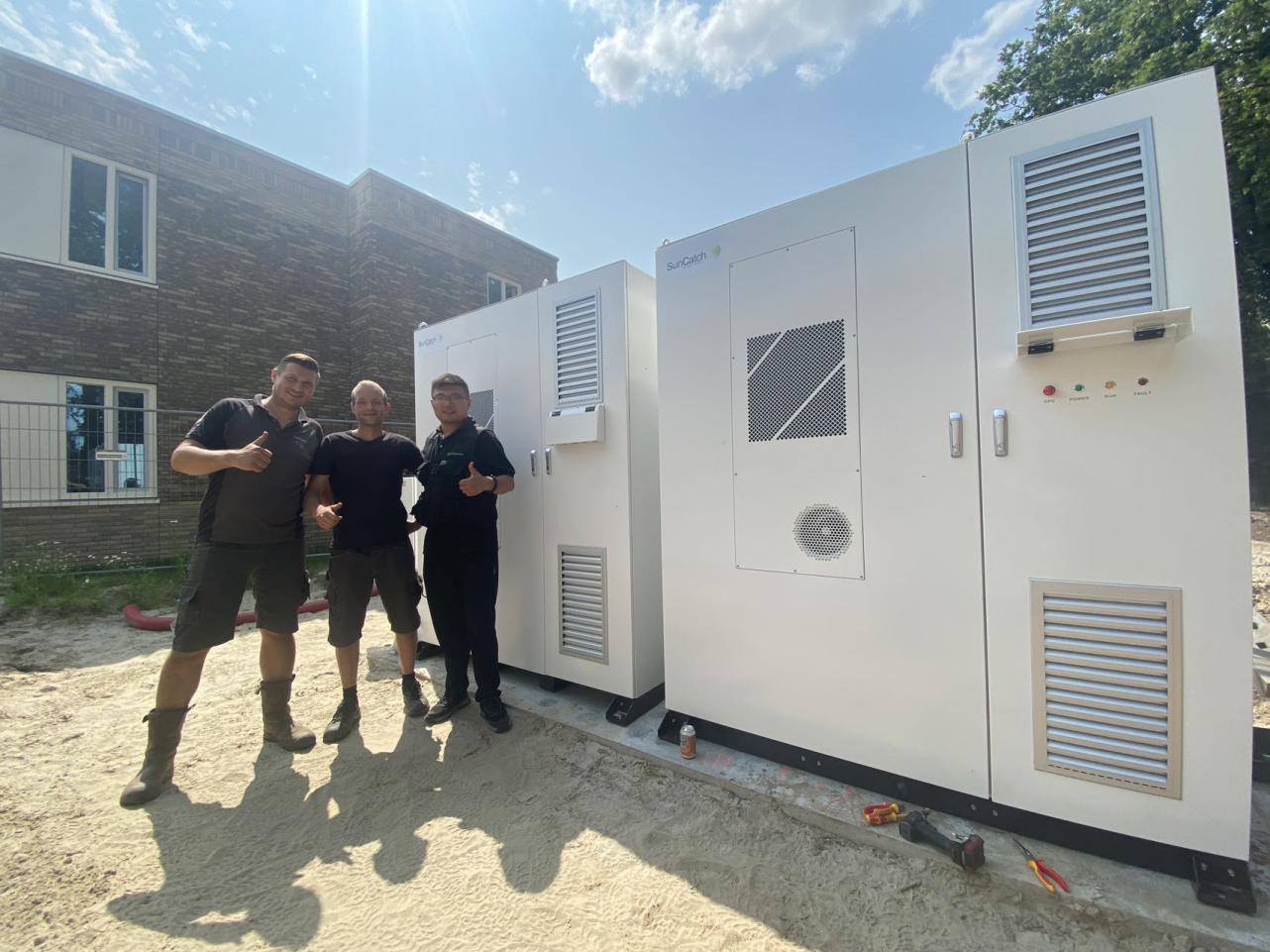
Dyness DH200F product photovoltaic consumption case in the Netherlands
In fact, there are many more ways that industrial and commercial energy storage can help companies reduce electricity costs. For example, the auxiliary services that are gradually emerging now participate in the electricity market, such as demand response or peak and frequency regulation of the power grid, can all receive some related additional subsidies from the power grid, which is also a considerable benefit.
Industrial and commercial energy storage can consider reducing the comprehensive electricity costs of enterprises through the above multiple paths. And with the decline in energy storage technology costs (annual average decline of 8-10%) and the deepening of power market reform, the economic efficiency of investment will continue to improve. Dyness can carry out customized profit calculations based on the company's own electricity consumption curve, local policies and technical solutions. Help enterprises reduce electricity costs and maximize profits.





